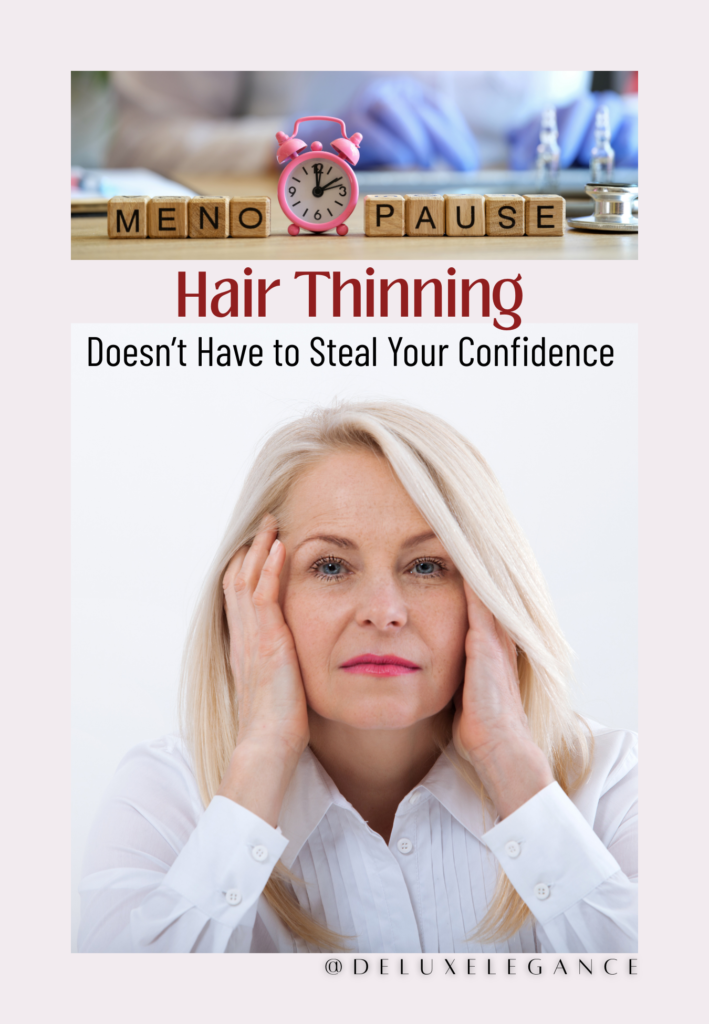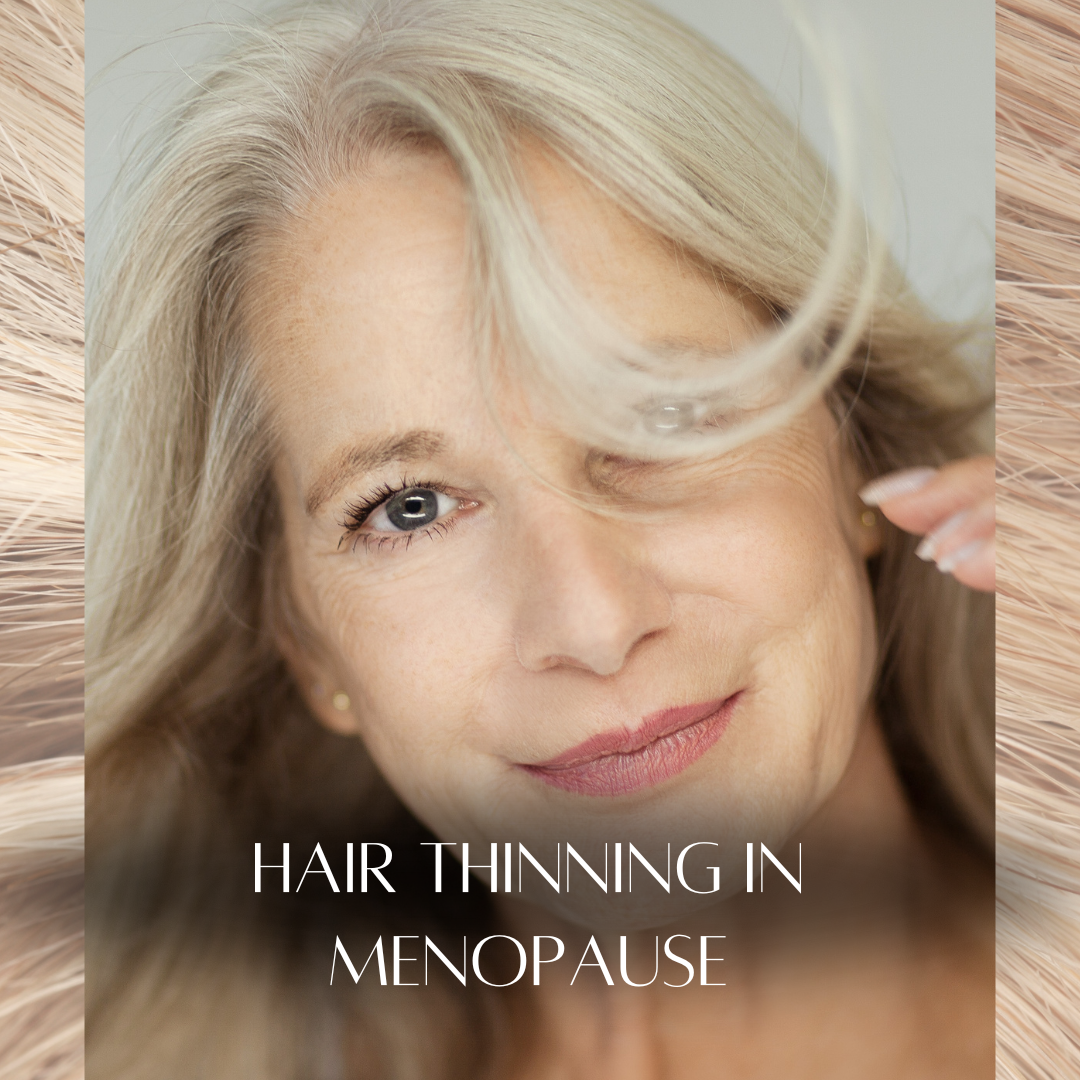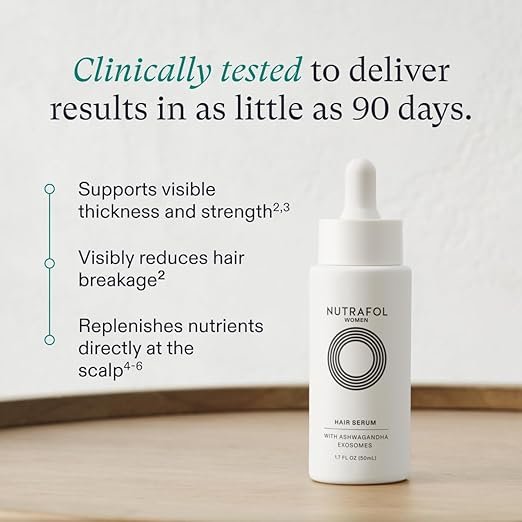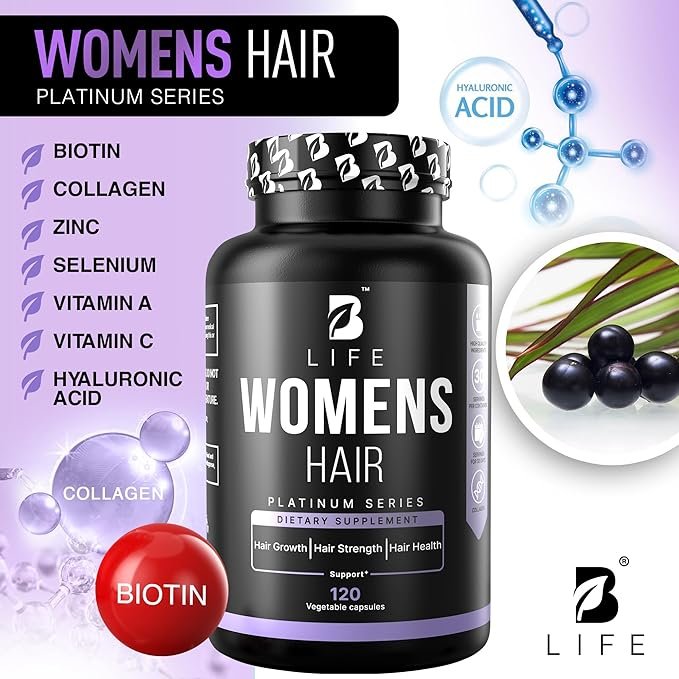Menopausal hair loss? Here’s precisely what works to restore thicker, fuller hair. Backed by science and simple to follow—with fashion tips included.
Is your ponytail suddenly smaller? Noticing more strands on your pillow or in the shower? You’re not imagining it. Hair thinning during menopause is widespread and incredibly frustrating. The decrease in estrogen and progesterone levels can lead to a reduction in hair thickness and an increase in hair loss. At the same time, androgens may increase, making hair grow finer and fall out more easily. This hormonal imbalance can also lead to a decrease in the size of hair follicles, further contributing to hair thinning.
The good news? These seven proven solutions, whether you’re just starting to notice hair changes or you’ve been dealing with thinning for years, are highly effective. They will help you regain your confidence and feel fulfilled again.
As an affiliate, I earn from qualifying purchases. This comes at no extra cost to you and helps support this blog.

1. Prioritise Haircare Formulas Designed for Thinning Hair
The needs of your hair in your 40s and 50s are different from what they were in your 20s. Those strands that are menopausal become dry, thin, and prone to breaking. A good conditioner and the right kind of shampoo will strengthen your hair, safeguard your scalp, and prevent further damage.
How to Use It:
- Use sulfate-free shampoo with biotin or keratin
- Do not use heavy conditioners; it is better to concentrate on using lightweight hydration
- Do not wash your hair every day, do it 2-3 times a week
- Incorporate a hair mask into the schedule every week to fix the damage
Hair Tip: Go for a layered lob or textured bob—these styles add volume without needing heat tools. Add statement earrings to finish the look.
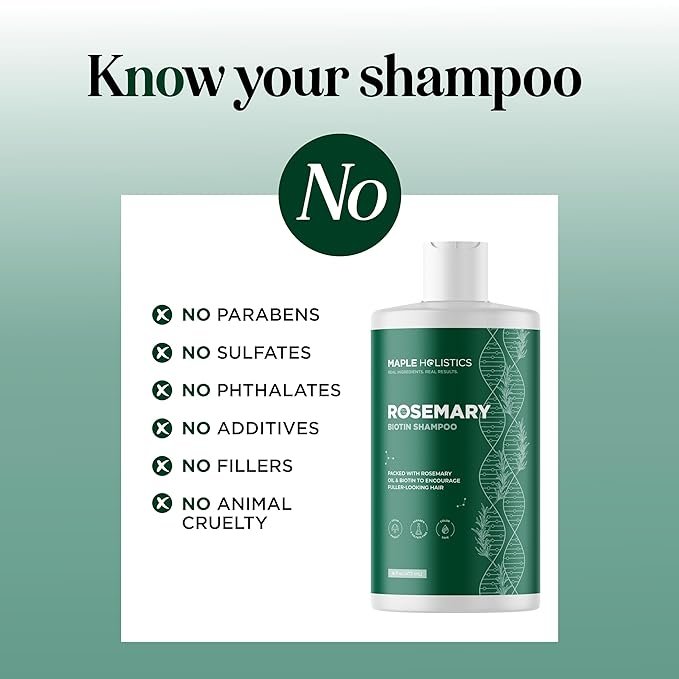
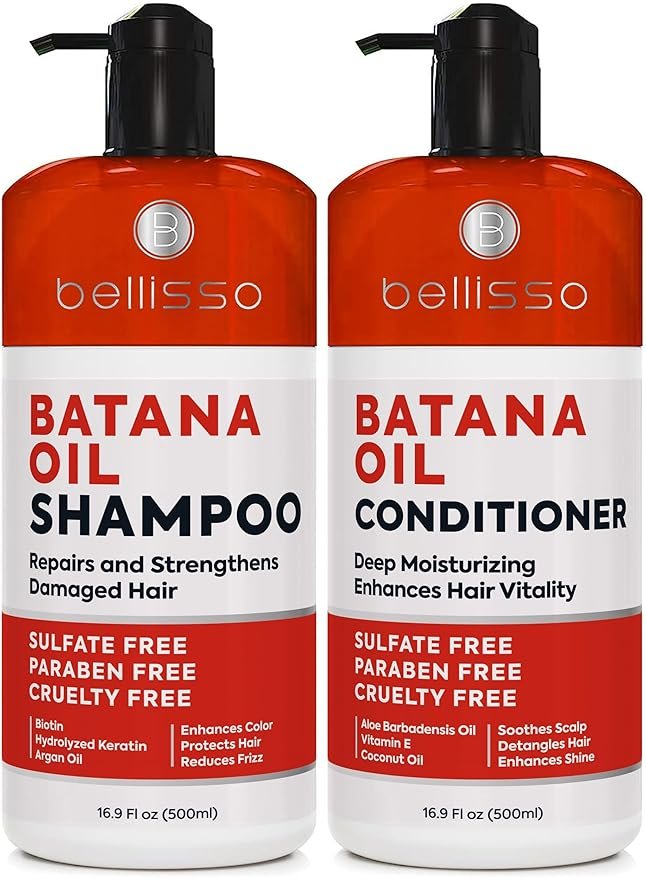
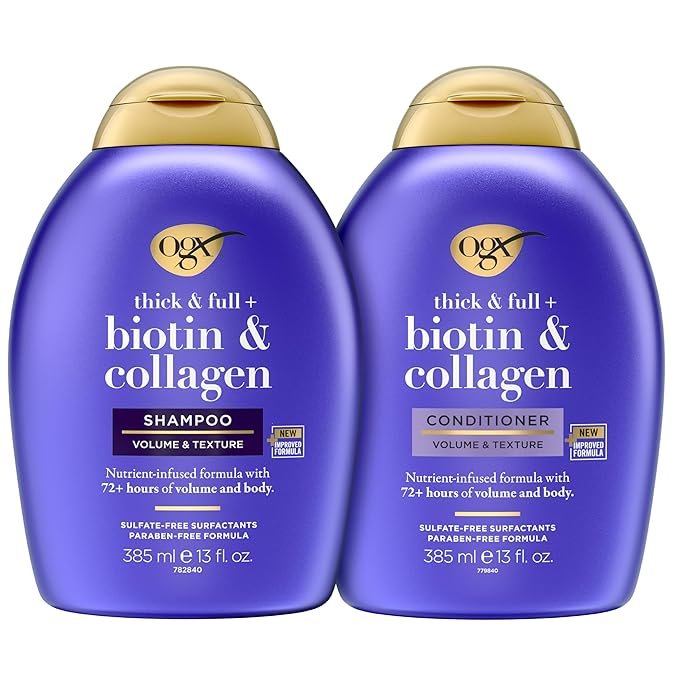
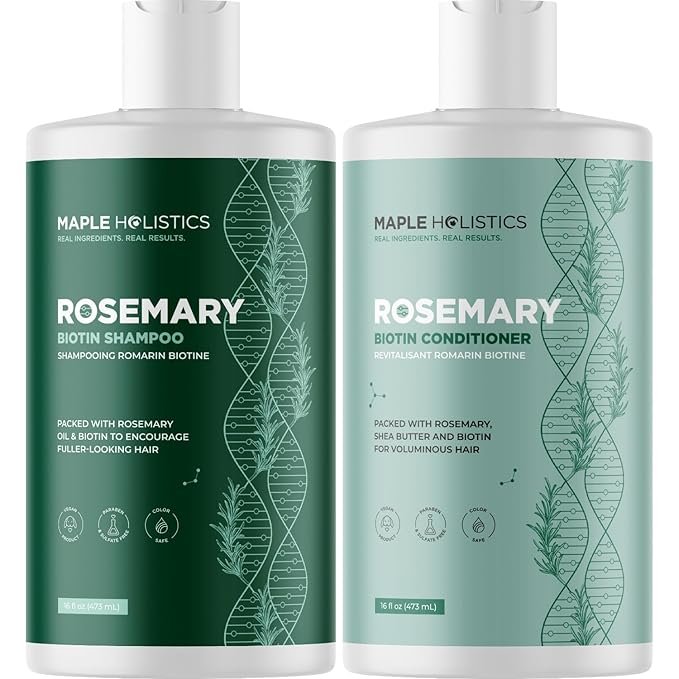
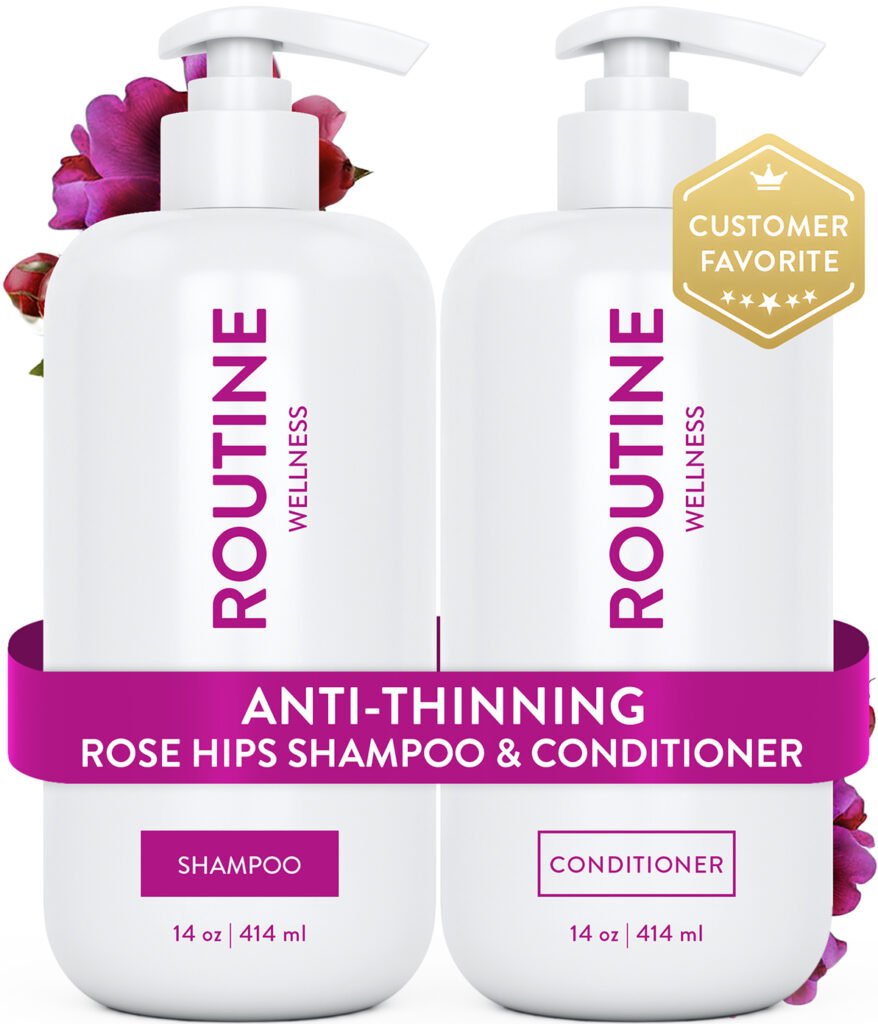
2. Don’t Neglect Your Scalp-Treat It Like Your Skin
Your scalp is no different, and just as with your face, it ages and alters. An ailing scalp that is dry, blocked, or inflamed will not support the growth of healthy hair. Exfoliation and specific serums will increase blood flow and enhance your follicle activity, so your hair will be more substantial and more nutritious, too.
How to Use It:
- Smoothly scrub your head once a week
- Give a daily massage of the scalp with a soft brush
- Use rosemary, caffeine, or peptide scalp serums
- Should not wear hair-pulling buns and ponytails that pinch roots
Fashion Tip: Use silk or satin headbands—they reduce breakage and look effortlessly chic with casual or dressy outfits.
Related: Nourishing Lipsticks & Tinted Balms That Won’t Dry Out Your Lips in Autumn
3. Add Minoxidil to Your Daily Routine
Minoxidil is a drug that restores hair by increasing the blood flow and stimulating the hair follicles. It is one of the limited solutions that are clinically proven and approved by the FDA. It takes time to work, but with time, regular usage can be seen to have a visible effect on the volume and density.
How to Use It:
- Massage dry scalp with 1 mL of foam or liquid once a day
- Penetrate high-value parent regions such as the part line and crown
- Wait until it is absorbed, and then use other products
- After 36 months, results will be achieved (continued use)
Fashion Tip: Hats are your best friend—try a wide-brim hat, felt fedora, or structured cap for a stylish, face-framing finish.
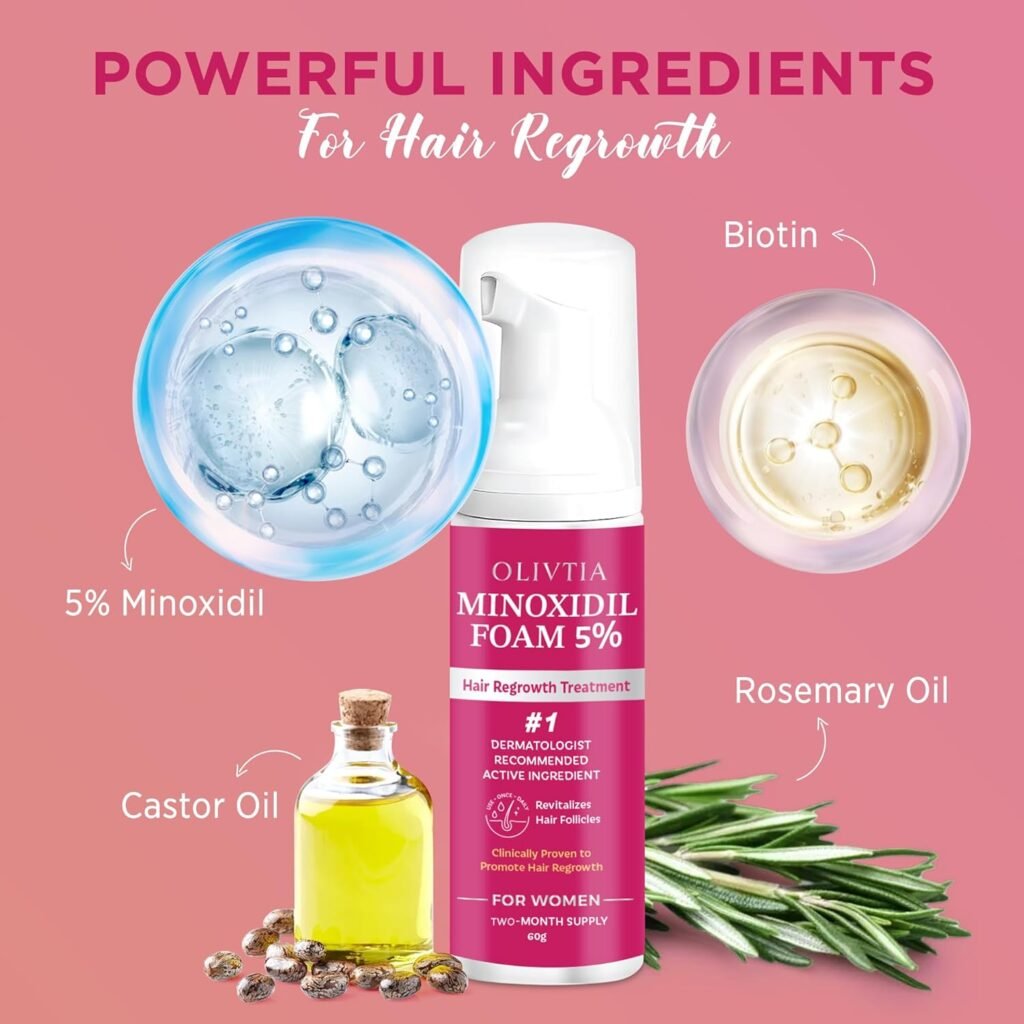
4. Improve Your Diet and Supplement Smartly
Hair consists of protein, and it depends on vitamins and minerals to grow. There are a lot of women who lack iron, vitamins D and B, and biotin in midlife and are unaware of it. Iron helps carry oxygen to the hair follicles, promoting growth. Vitamin D helps create new hair follicles, and vitamin B supports the production of melanin, which gives hair its colour. Biotin is a B vitamin that is crucial for hair growth. Increasing these nutrients will make hair grow thicker and stay on the scalp longer.
How to Use It:
- Eat protein with every meal: eggs, tofu, lean meats, quinoa
- Add collagen, biotin, and omega-3s through supplements
- To make hair springy and healthy, hydrate every day
- Get bloodwork for iron, vitamin D, and B12 levels
5. Manage Stress to Prevent Excessive Shedding
Chronic stress greys the hair and accelerates hair shedding earlier than it should. This is because stress can disrupt the normal hair growth cycle, leading to more hair entering the shedding phase. Reducing stress is not purely a question of relieving tension; it is about helping your body rebalance itself and have an improved environment in which to work.
How to Use It:
- Pray or write for at least 5 min. a day about the experience
- Try to go outside-sunshine makes people happier and improves their vitamin D status
- Yoga, walking, dancing, or strength training
- And get a better sleep with a soothing bedtime ritual
Fashion Tip: Try coordinated loungewear or soft robes for a relaxing at-home look that makes you feel pampered and present.
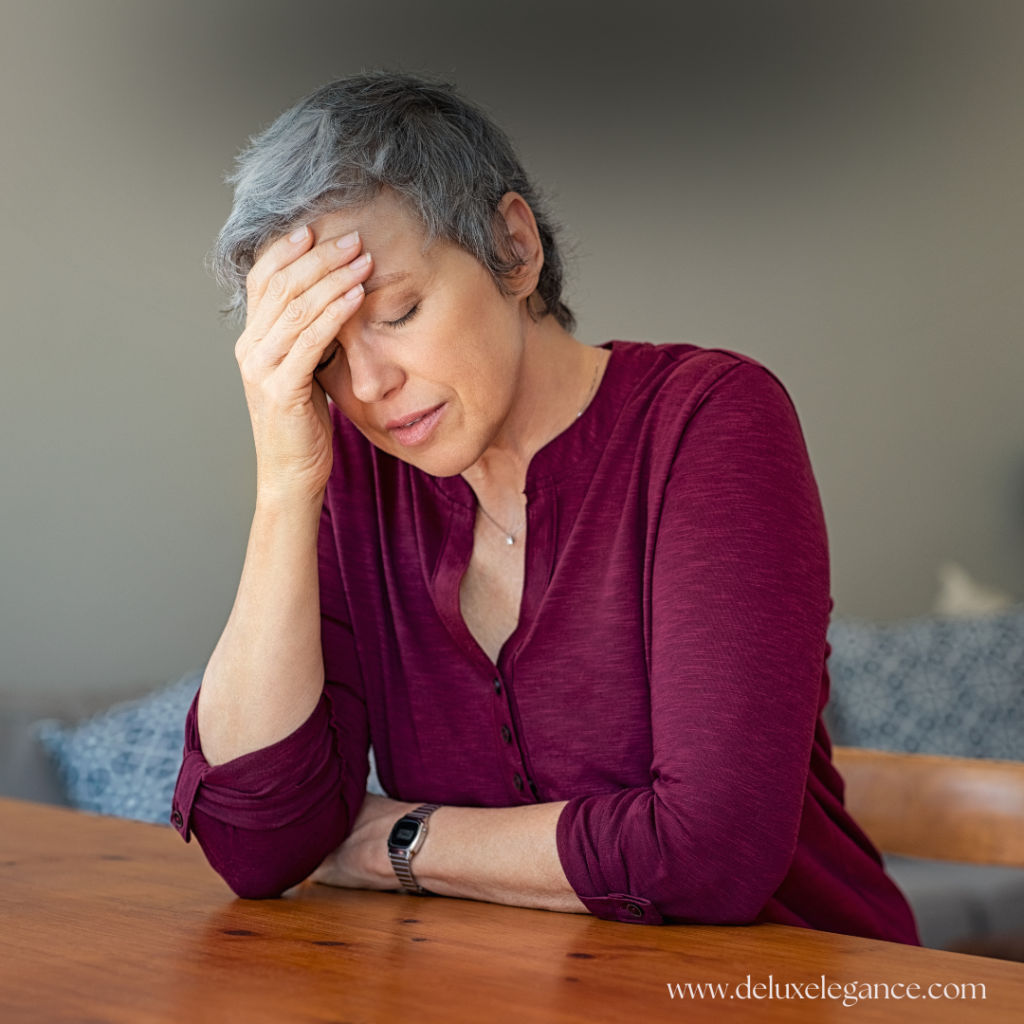
6. Discuss Hormone Therapy with Your Doctor
In case the hair loss is associated with a drastic change in the level of hormones, HRT (hormone replacement therapy) may assist. Estrogen will help you maintain the hair in longer growing stages, and the decision to achieve balance may inhibit shedding, or it may be reversed. Still, one should consider adopting HRT if it is suitable for your case.
How to Use It:
- Schedule a hormone panel and consultation with your doctor
- Discuss HRT options and review your health history.
- Ask about plant-based alternatives like black cohosh or flaxseed.
- Monitor progress every 3–6 months with your provider.
Hair Tip: Wet-look hair and sparse looks with groomed hair and subtle makeup – just the slick lip and well-marked up eyebrows will keep you polished even on a day when you have thinner hair
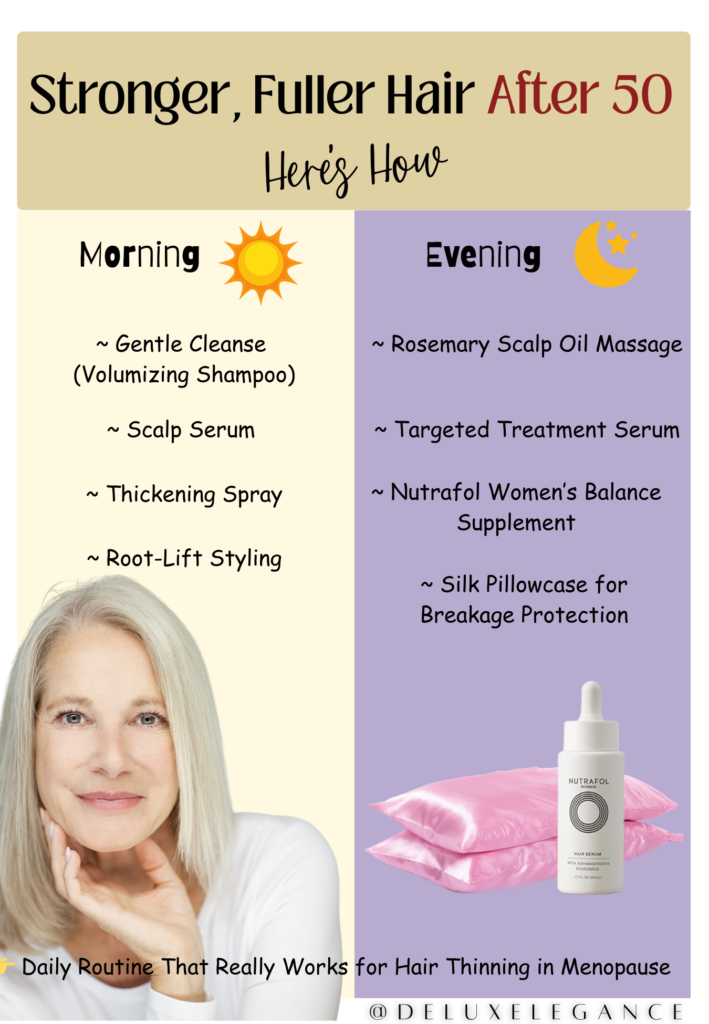
7. Style for Volume the Smart Way
Thinning hair can also be made whole in just the blink of an eye through styling. Volumising methods are used to raise roots, cover up a bald spot, and boost confidence. Powders, wigs, and wigging tools can help you achieve the look of thick, full hair daily with a few well-considered cuts and purchases.
How to Use It:
- Blast the backside down or bring a round brush to the roots
- Add more lift and grip with mousse or dry shampoo
- Do not brush too hard or use oils near the roots
- To raise flat spots, turn your part over on the other side
Hair Tip: Loose curls, beach waves, and textured ponytails are flattering, trendy, and make your hair look fuller with minimal effort.
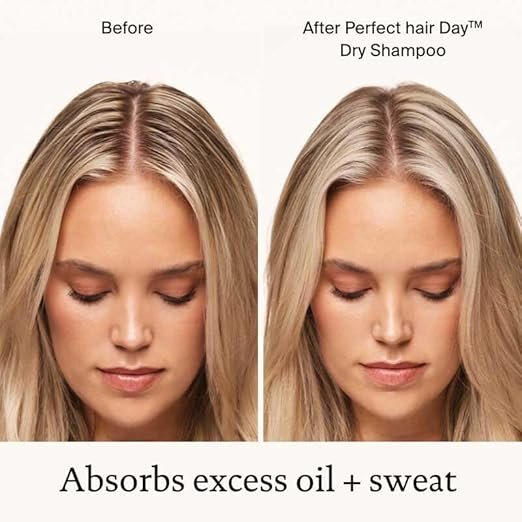
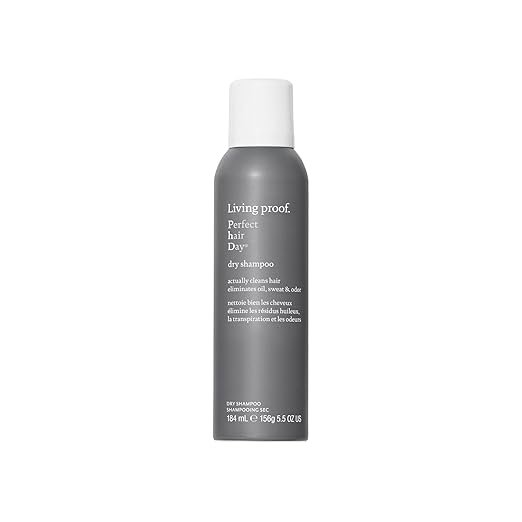
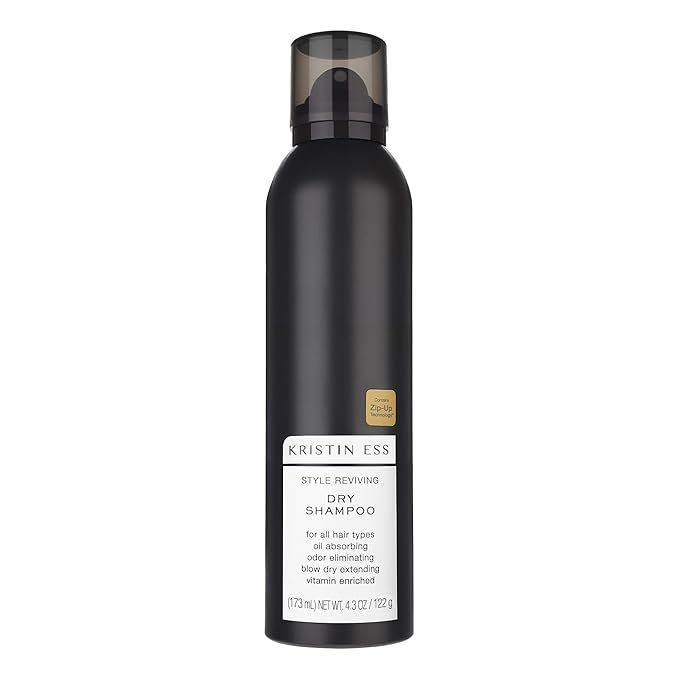
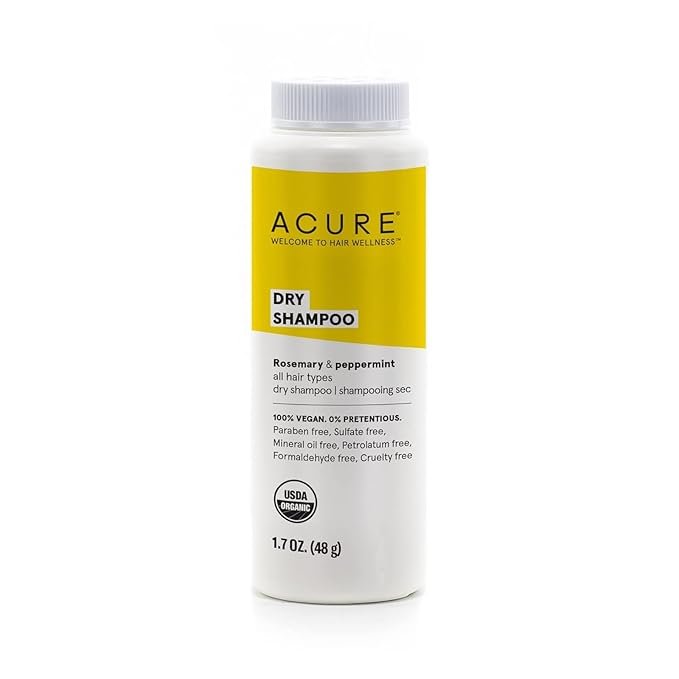
Final Thoughts:
Hair thinning during menopause is common—but it’s not permanent. With consistent care, the proper nutrients, gentle styling, and a little time, your hair can become fuller and healthier again. You don’t have to try everything at once—start with one or two tips that fit your lifestyle and build from there.
Most importantly, give yourself grace. Thinning hair doesn’t make you less beautiful—your confidence, self-care, and strength are what truly stand out.
